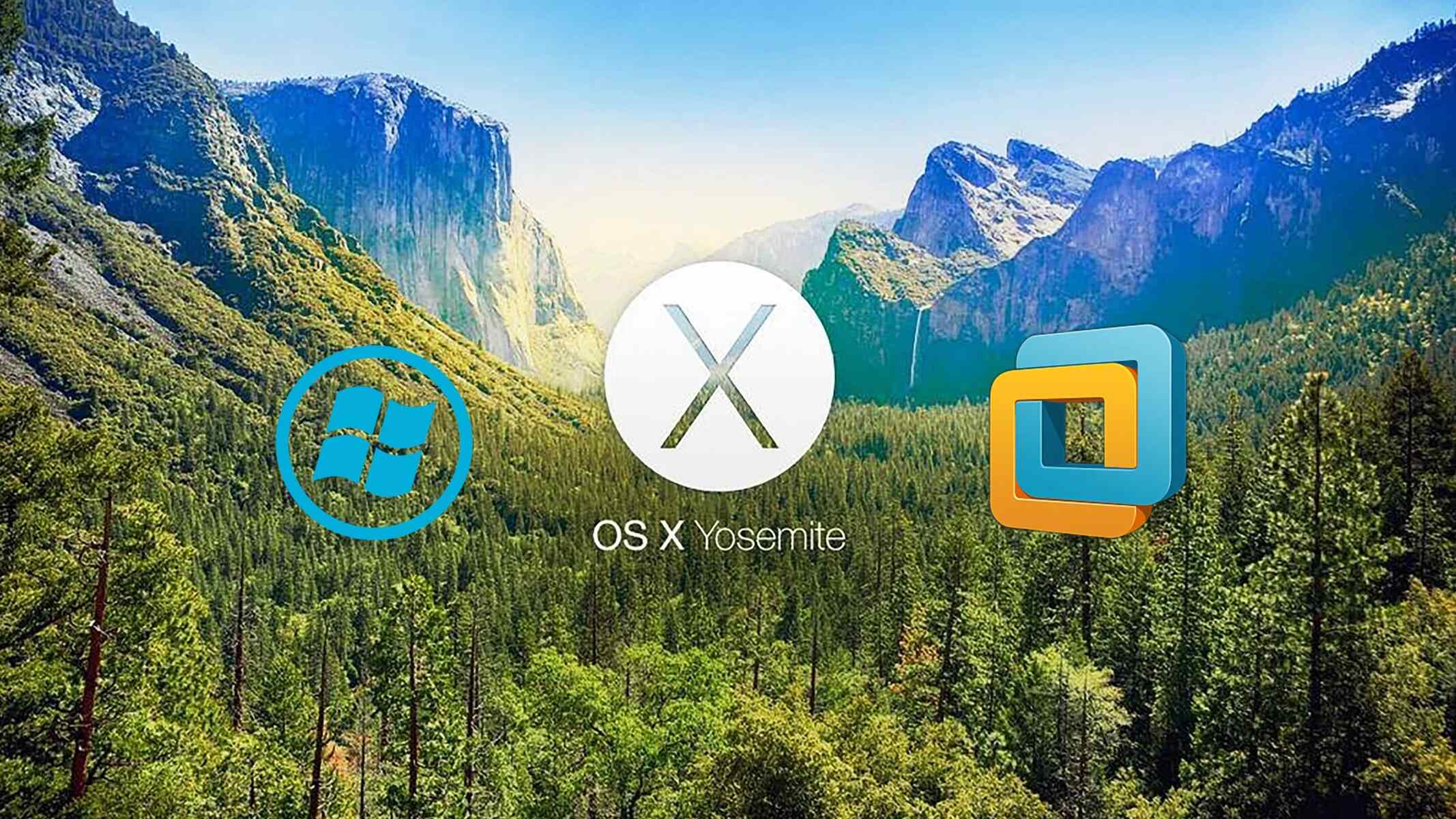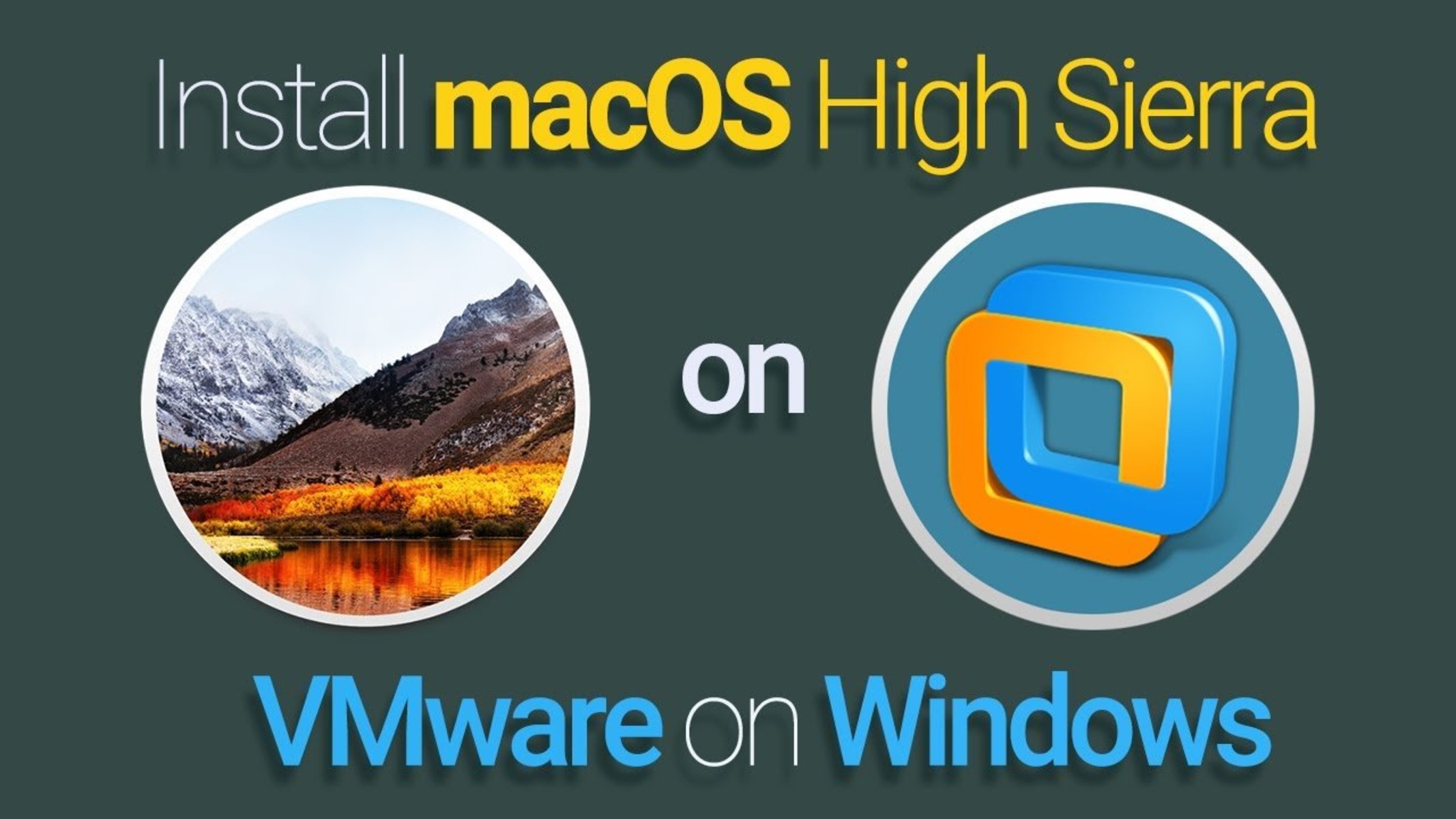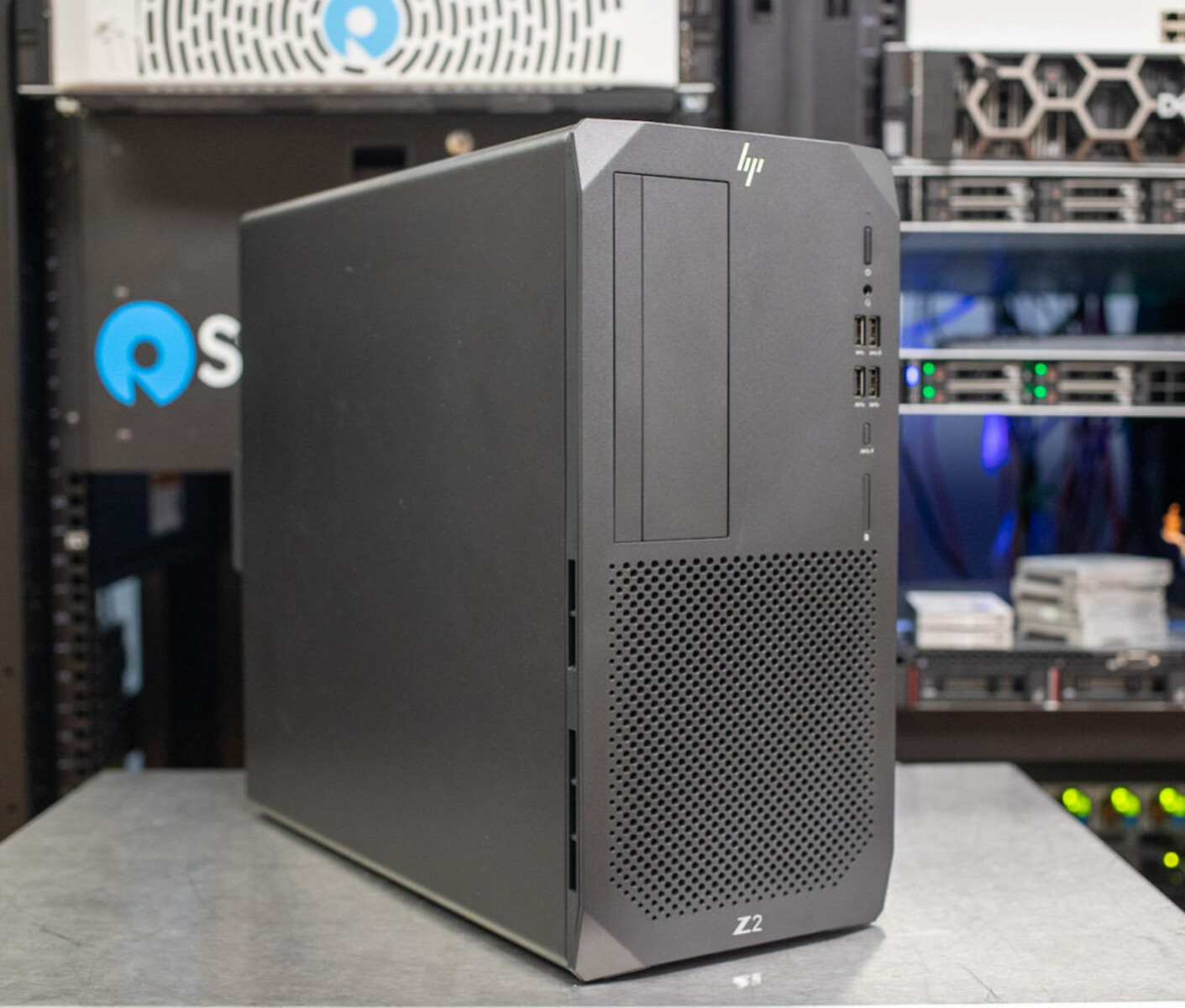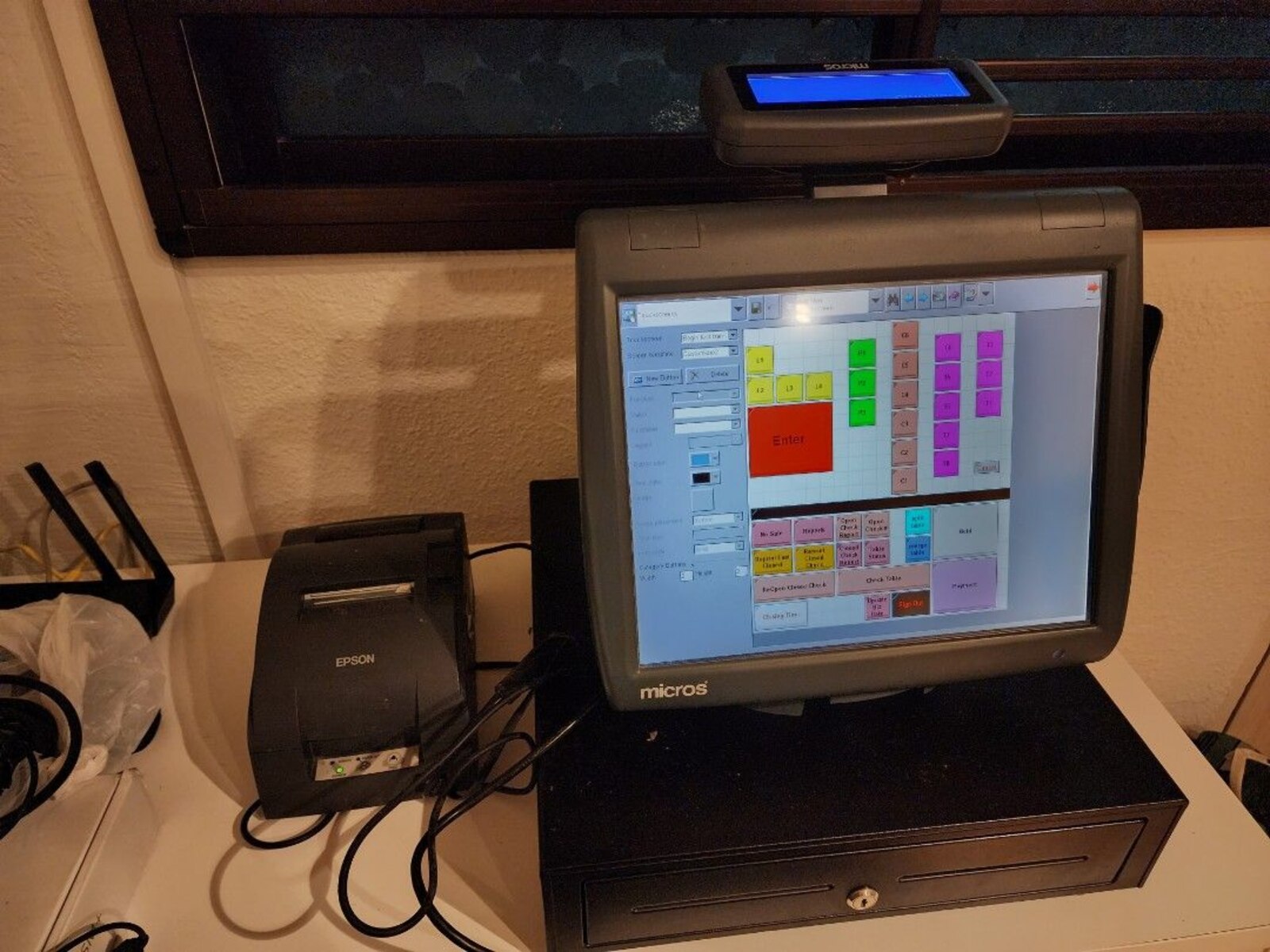Introduction
Knowing the workstation name of a PC can be incredibly useful for various purposes, such as troubleshooting, network administration, and system management. Whether you’re an IT professional or an average user, having access to the workstation name can provide valuable insights into your computer’s identity and help you address any issues efficiently.
In this article, we will explore several methods to retrieve the workstation name from a PC. These methods utilize different programming languages and command-line tools, allowing you to choose the one that suits your preferences and technical skills.
While the specific steps may vary depending on the operating system you are using, we will focus on methods that work across different versions of Windows, including Windows 10, Windows 8, and Windows 7.
Whether you prefer using the command prompt, PowerShell, VBScript, C# (.NET), or a batch file, we’ve got you covered. Each method will provide you with the desired workstation name, so you can accurately identify your PC.
So, without further ado, let’s dive into the different methods and learn how to retrieve the workstation name from your PC!
Method 1: Using Command Prompt
One of the simplest and quickest ways to obtain the workstation name is through the Command Prompt. Here’s how you can do it:
- Open the Command Prompt by pressing the Windows key + R on your keyboard, typing “cmd” in the Run dialog box, and then clicking “OK”.
- In the Command Prompt window, type in the following command and press Enter:
hostname. - After executing the command, the workstation name will be displayed on the next line.
The hostname command retrieves the host name of the current PC and displays it in the Command Prompt window. This name represents the workstation name assigned to your computer within your network.
Using the Command Prompt is a straightforward method that does not require any additional tools or programming knowledge. It can be utilized by both experienced users and beginners alike.
It’s worth noting that the workstation name obtained through the Command Prompt may differ from the computer’s actual name, as it reflects how the PC is identified within the network environment.
Now that you know how to retrieve the workstation name using the Command Prompt, you can easily access this piece of information whenever you need it, making troubleshooting and network administration tasks much more efficient.
Method 2: Using PowerShell
PowerShell is a powerful scripting language that can facilitate various administrative tasks, including retrieving the workstation name. Here’s how you can use PowerShell to obtain the workstation name:
- Open PowerShell by searching for it in the Windows Start menu and selecting “Windows PowerShell” from the results.
- In the PowerShell window, type the following command and press Enter:
Get-WmiObject Win32_ComputerSystem | Select-Object -ExpandProperty Name. - After executing the command, the workstation name will be displayed in the PowerShell window.
The Get-WmiObject cmdlet retrieves information about the computer system, while Select-Object -ExpandProperty Name selects and expands the “Name” property, which represents the workstation name.
PowerShell offers a more flexible and versatile approach compared to the Command Prompt, as it allows for more advanced scripting and automation capabilities. You can utilize PowerShell scripts to retrieve the workstation name remotely or perform additional tasks alongside obtaining the name.
By leveraging PowerShell, you can easily incorporate the workstation name into wider system management and administrative workflows, making it a valuable tool for IT professionals.
With the ability to run PowerShell commands directly from the PowerShell window, you can quickly access the workstation name and streamline various operations.
Now that you know how to retrieve the workstation name using PowerShell, you can harness this scripting language’s potential to enhance your administrative tasks and efficiently manage your computer systems.
Method 3: Using VBScript
If you prefer using VBScript, you can also retrieve the workstation name through a simple script. Here’s how you can do it:
- Open Notepad or any other text editor on your Windows PC.
- In the text editor, type the following VBScript code:
vbscript
Set objNetwork = CreateObject(“WScript.Network”)
strComputerName = objNetwork.ComputerName
WScript.Echo strComputerName
- Save the file with a .vbs extension, such as “workstation_name.vbs”.
- Double-click the saved file to run the VBScript.
The VBScript uses the WScript.Network object to access the computer name, and then the WScript.Echo statement displays the workstation name.
VBScript is a scripting language for Windows that offers a simple and efficient way to automate tasks. It’s particularly useful for system administrators who want to retrieve information quickly and perform actions based on the results.
By utilizing VBScript, you can easily obtain the workstation name without the need for complex programming languages or extensive command-line knowledge.
This method provides an alternative to PowerShell, allowing you to choose the scripting language that suits your preferences and requirements.
Now that you know how to retrieve the workstation name using VBScript, you can further expand your automation capabilities and incorporate this valuable information into your administrative tasks.
Method 4: Using C# (.NET)
If you’re comfortable with programming and want to retrieve the workstation name using C# (.NET), you can utilize the System.Net namespace to achieve this. Here’s how:
- Create a new C# console application in your preferred Integrated Development Environment (IDE).
- Add the following code to your application:
csharp
using System;
class Program
{
static void Main()
{
string workstationName = Environment.MachineName;
Console.WriteLine(workstationName);
}
}
- Build and run your application. The workstation name will be displayed in the console window.
In this method, we make use of the Environment.MachineName property to retrieve the workstation name. This property returns the NetBIOS name of the local computer.
Using C# allows for more programmatic control and flexibility. By utilizing the .NET framework, you can access various system properties, including the workstation name, and incorporate them into your applications and scripts.
This method is well-suited for software developers and IT professionals who want to automate tasks or build custom applications that involve obtaining the workstation name.
Now that you know how to retrieve the workstation name using C# (.NET), you can leverage your programming skills to further enhance your system management and administrative workflows.
Method 5: Using a Batch File
If you prefer a lightweight approach that doesn’t require programming or scripting knowledge, you can use a batch file to obtain the workstation name. Here’s how:
- Open Notepad or any other text editor on your Windows PC.
- In the text editor, type the following command:
batch
@echo off
echo %COMPUTERNAME%
- Save the file with a .bat extension, such as “workstation_name.bat”.
- Double-click the saved file to run the batch file.
The %COMPUTERNAME% variable retrieves the name of the current workstation, and the echo command displays it in the command prompt window.
Batch files provide a simple and straightforward way to automate tasks without the need for complex scripting or programming languages. They are particularly useful for running sequences of commands in a batch or executing repetitive actions.
With the ability to be easily distributed and executed on multiple machines, batch files allow you to retrieve the workstation name quickly and efficiently.
Whether you’re a novice user or an experienced IT professional, using a batch file to obtain the workstation name can save time and simplify the process by providing a user-friendly interface.
Now that you know how to retrieve the workstation name using a batch file, you can utilize this method to access valuable information with just a simple double-click.
Conclusion
Retrieving the workstation name from your PC is essential for various tasks, ranging from troubleshooting network connectivity issues to managing system resources. In this article, we explored five different methods to obtain the workstation name, utilizing Command Prompt, PowerShell, VBScript, C# (.NET), and batch files.
Using the Command Prompt provides a quick and straightforward approach, requiring just a single command to retrieve the workstation name. PowerShell offers more advanced capabilities and flexibility, making it a preferred choice for IT professionals and system administrators. VBScript provides a lightweight scripting option for obtaining the workstation name, while C# (.NET) allows for more programmatic control and integration with custom applications. Lastly, batch files offer a simple and user-friendly method for obtaining the workstation name without the need for complex scripting or programming.
Regardless of your technical skills or preferences, these methods cater to various needs and scenarios. Whether you prefer the simplicity of the Command Prompt or the automation capabilities of PowerShell and scripting languages, you can easily access the workstation name and streamline your administrative tasks.
By retrieving the workstation name, you gain valuable insights into your computer’s identity within your network. This information can greatly assist in troubleshooting network issues, managing system resources, or performing administrative tasks.
Now that you’re familiar with these different methods, you can choose the one that best suits your requirements and technical expertise. Whether you’re a novice user or an experienced IT professional, knowing how to retrieve the workstation name empowers you to efficiently manage and troubleshoot your computer systems.
So, go ahead and leverage these methods to retrieve the workstation name from your PC, and unlock a world of possibilities in system management and network administration.

























